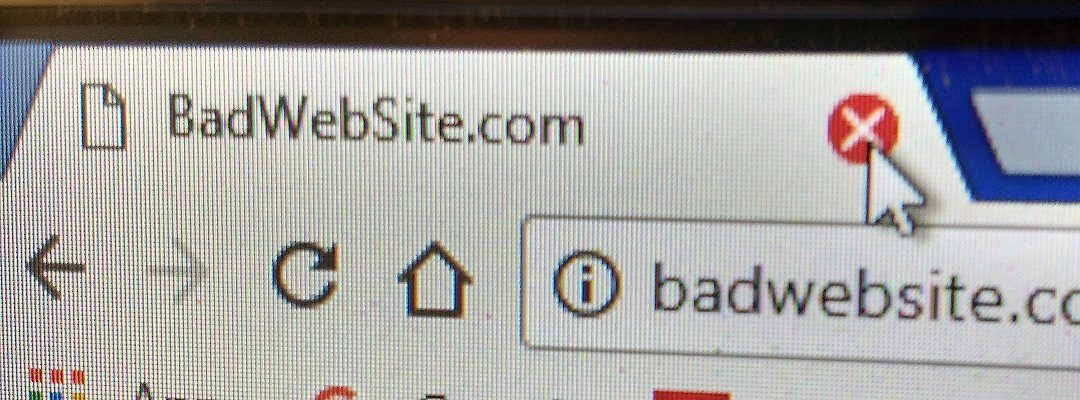There’s a Spanish saying: Lo barato sale caro. The cheap comes out expensive.
Bad web design shows, and it will chase customers away.
- 75% of website users make judgements about your company, based on your website’s design quality.
- 85% of customers – even referred customers – google you and compare you to others.
- 94% of website user’s first impressions are design-related.
Of those who leave a site without clicking anything further (a “bounce”), 85% say it was due to poor site design, and fully 40% say they will never return. You’ve lost them forever, because your site just wasn’t credible.
Think you save money with a cheap template or DIY website? Think again.
A professionally designed website will include proper search engine optimization (SEO), so your traffic will be much higher. It will just be more credible, with attention paid to the user experience (UX), so your bounce rate will be much lower. User flow and calls to action are carefully crafted to increase the percentage who buy or choose to call (conversion rate).
Let’s look at some conservative, reasonable example numbers: If your average product price is $100, and you think you’re doing yourself a favour by getting a cheap $500 website vs. a professional, effective site at $3500, how does that play out, over a year?
Cheapo Site
Traffic – 5000
Bounce Rate – 75%
Conversion Rate – 0.5%
Purchase Price – $100
Revenue – $2500
Cost – $500
YOU EARN – $2000
Pro Site
Increased Traffic – 10000 (proper SEO)
Reduced Bounce Rate – 45% (quality=credibility)
Higher Conversion Rate – 2% (strategic calls to action)
Purchase Price – $100
Revenue – $20000
Cost – $3500
YOU EARN – $16500
This paints a reasonably accurate picture of the falacy. Not included in the metrics are your cheapo site headaches, and the enduring damage you do to your brand credibility. It’s also important to note that a well-designed website will last for years, so the entire cost shouldn’t be used in a single year projection, but you get the gist.
‘Saving money’ by cutting the wrong corners will hurt you. It’s a false economy.
